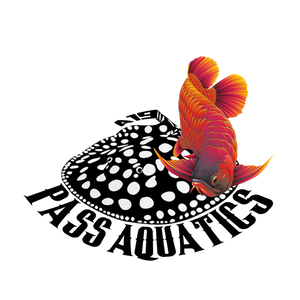
Pseudocolochirus violaceus
|
Care Level: Expert Only |
|
Temperament: Peaceful |
|
Reef Compatible: Yes |
|
Water Conditions: 72-78? F, dKH 8-12, pH 8.1-8.4, sg
|
|
Max. Size: 8" |
|
Color Form: Blue, Red, Yellow |
|
Venomous: Poisonous When Stressed or Dies |
|
Diet: Filter Feeder |
|
Supplements: Trace Elements |
|
|
|
Origin: Indonesia, Singapore |
|
Family: Cucumariidae |
The body and tentacles of the Sea Apple, or Philippine
Sea Apple, can be a vareity of colors, but it always has yellow feet. The oral
region is usually blue to violet, hence the common name Violet Sea Apple or
Violet Sea Urchin.
It prefers an established reef aquarium with room to move
about, and large amounts of live rock from which it receives a majority of its
food. Once it finds a favorable location, usually in a high current area, the
Sea Apple will generally stay there. Protect all intakes on pumps and power
heads, to eliminate any possibility of being sucked in. It is very sensitive to
high levels of copper-based medications. Sudden changes in pH or salinity can
cause it to shed its oral tentacles.
Do not house these cucumbers in an aquarium that contains
any fish that may pick on its tentacles. Generally, any fish that is prone to
pick on feather dusters, will pick on the tentacles of the Indonesian Sea
Apple. These fish include; Butterflyfish, Large Angels, and any species that is
listed not safe with invertebrates.
When feeding, it will
extend its oral tentacles into the current to filter out food. As the food is
trapped, it will then draw its entire tentacle into its mouth. In the aquarium,
it will need to be fed a diet of phytoplankton - frozen, liquid, or dried - on
a daily basis
